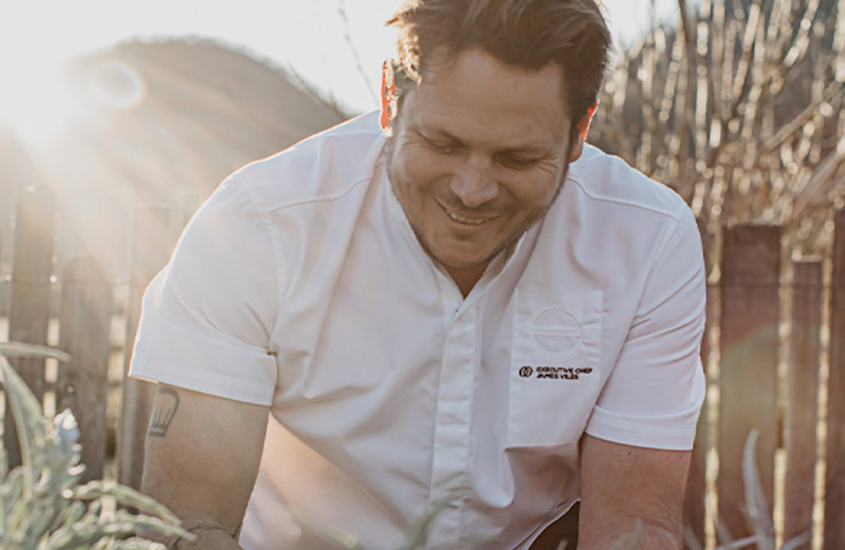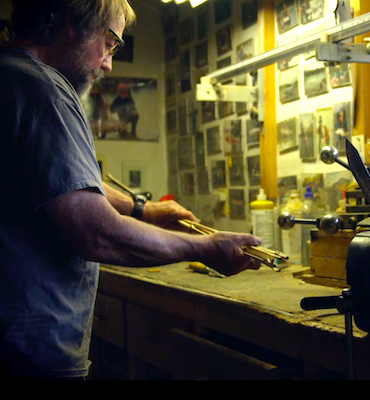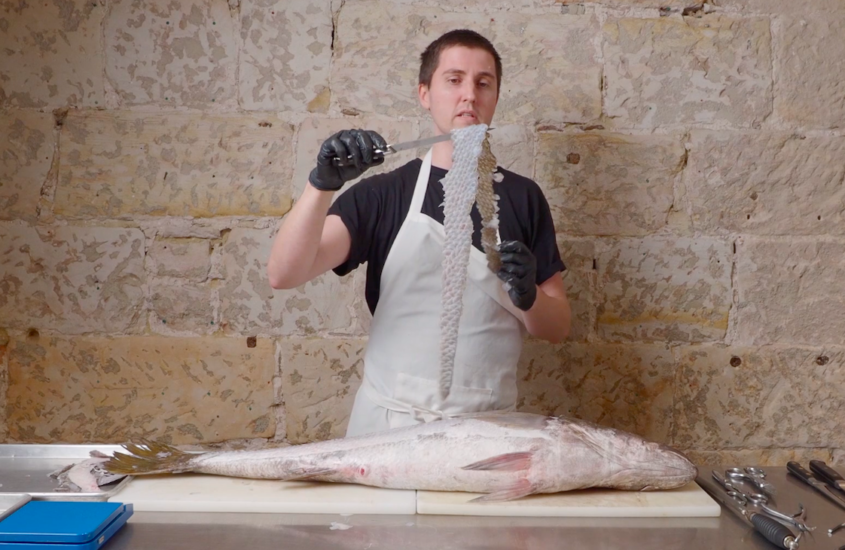By Tiffany Bader:
I developed this recipe to be used with wild or farmed turkey, chicken, or any wild or cultivated upland game bird. Just keep in mind that smaller birds will need less time in the brine, as well as less cooking time.
Brining really elevates this simple preparation and ensures that the meat will stay super juicy and flavourful. It’s a slight variation of my standard brine recipe that I use for Thanksgiving turkey and my killer version of Huli Huli chicken. Depending on what type of protein I’m cooking, I just adjust the spices I use in the brine, but keep the salt and sugar quantities consistent. It’s very customizable, so use what you like and what you have on hand, and feel free to experiment.
Turkey legs can be a bit tough—especially wild turkey—so I smoke these at a lower temperature and for longer than I would need to for chicken. By cooking them this way, you end up with really juicy, tender meat and a dark golden smokey exterior.
As with most smoked food, the flavours will mellow and will be even better the next day. Leftovers are a perfect addition to a picnic lunch or in smoked turkey soup with kale and black eyed peas.
Brine Ingredients:
- 1/2 (2L) gallon water
- 1/2 (2L) ice
- 1 cup kosher salt
- ½ cup brown sugar
- 6 whole cloves garlic, crushed
- 1 medium onion chopped
- 3 tbsp of fresh thyme leaves
- 8 leaves of fresh sage
- 3 bay leaves
- 1 1/2 tablespoons of whole black peppercorns
- 1 teaspoon whole cloves
- 1 teaspoon whole allspice
Method:
Start by making the brine the night before you plan to cook your turkey. Boil 1/2 gallon (2L) of water in a large pot. Once the water has come to a boil, turn the heat to low and add in the rest of the brine ingredients. Stir well to dissolve the salt and sugar. Once dissolved, turn off the heat and set aside to infuse. After at least ten minutes, add the ice to chill your brine. Transfer the brine to a large food-safe container with a lid, then add your turkey legs to the brine and leave in the fridge overnight.
In the morning, pull the turkey legs out of the brine and give them a quick rinse in water to remove any excess brine, as well as the aromatics that are likely stuck to your turkey. Pat dry with a paper towel, put on a baking rack, and store in the refrigerator until you are ready to smoke your turkey legs.
Pull the turkey out of the refrigerator about an hour before you are ready to cook. This will allow them to come up to room temperature. During this time, warm up your smoker or grill so that it’s ready when the turkey is. Keep the temperature at 180F for 2 hours and then turn up the heat to 225F for another 2-3 hours. You may need more or less time based on your setup, but you are looking for deliciously dark brown skin and an internal temperature that reads at least 165F. My turkey legs took about 5 hours to slowly smoke, but if yours aren’t quite ready, just leave them on a bit longer. If you are impatient, you can always pop them in your oven at 250F to bump them into the fully cooked zone.
Let the legs rest for at least 10 minutes to allow the juices to redistribute throughout the meat. They are delicious eaten as is, or used to flavour soups or a pot of beans.













